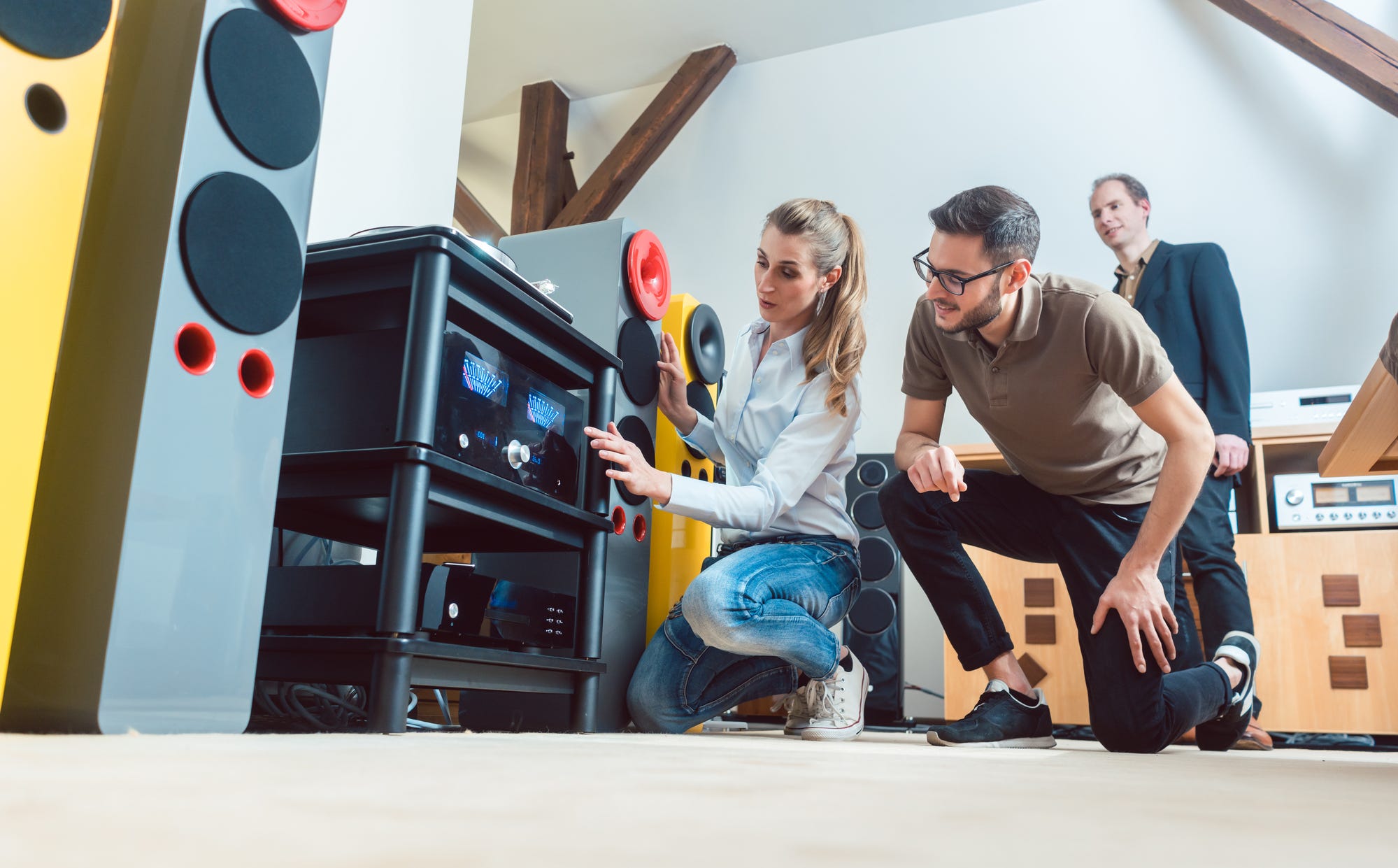
Many people believe that speakers are the most crucial aspect of a sound system and the only part worth investing time in shopping for. However, what most don't realize is that the amplifier plays an equally important role in sound quality and maximizing the performance of speakers. Additionally, using an incompatible amplifier can harm or ruin speakers. It's not just about purchasing the best amplifier, but also ensuring compatibility with your speakers. So, how do you know if your amp is compatible with your speakers?
Determining compatibility between an amplifier and speakers can be complex. Even experts have differing opinions on what constitutes a suitable pairing. However, for the average listener, the primary concern is avoiding damage to equipment. To do this, it is essential to understand the basics of compatibility, which is determined by three key factors of the devices: power, impedance, and sensitivity. In this post, we'll explain these parameters and how to use them to find an amplifier that is compatible with your speakers.
Power
Power refers to the amount of power an amplifier can deliver and the amount a speaker can handle or requires without being damaged. It's a measure of the wattage output of an amplifier and the wattage intake of a speaker. A common misconception is that more watts means louder volume, which is not necessarily true.
When it comes to power, it is essential to match the amplifier's power output to the speaker's power requirements or have an amplifier that is no more than four times more powerful. This will prevent under-powering your speakers, which can cause audio distortion known as clipping. Overpowering speakers, while possible, is not easy to do, although extreme overpowering can also cause damage to your speakers. An amplifier with a low power rating will not produce audio at full volume without clipping, which leads to distorted audio and can damage speakers.
Amplifiers are usually rated for Continuous Power (CP) and Dynamic (Peak) Power. Continuous Power, or CP, is the amount of power an amplifier can deliver consistently, it's the most significant spec because it describes the amp's normal operation. Dynamic Power is the highest wattage output of an amplifier during dynamic frequencies that are present during most audio signals like music. In other words, an amplifier with a CP rating of 100 watts will generally deliver 100 watts of power, but it might deliver 150 or 200 watts for a short time, that's Dynamic Power. The range between the Continuous and Dynamic power ratings is known as 'headroom'. Generally, the more headroom an amplifier has, the lower the risk of clipping.
Power specifications on speakers can be more complex as different brands have their ways of specifying power capabilities. Some brands use Maximum Continuous Power, Minimum Recommended Power, or Maximum Short-term Peak Power ratings, while others list recommended amplification power range. To ensure your amp delivers enough continuous power to the speakers and avoid clipping, compare the speaker and amp power specifications.
Impedance
Impedance is a measurement of electrical resistance, typically measured in ohms (Ω). Don't worry -- you don't need to understand electrical resistance to compare impedance specifications. The most important rule is to ensure the amplifier impedance is lower than the speaker impedance to avoid damaging the amplifier.
While impedance is important, it is not often a major concern, as most consumer speakers have an impedance of six to eight ohms. It is helpful to note that amplifiers will deliver more power into a lower ohm rating. For instance, an amplifier that can deliver 180 watts of power into an 8 ohm load can deliver 265 watts into a 4 ohm load. If the impedance rating of your amplifier is much lower than that of your speakers, it will deliver less power. It's usually best to match the impedance ratings as closely as possible.
Sensitivity
Speaker sensitivity is a specification that only applies to speakers. It measures the volume in decibels a speaker produces from 1 meter away when supplied with 1 watt of power. Sensitivity does not indicate speaker quality, it only determines the amount of power the speaker needs to reach a certain volume. Notably, to increase the volume by 3 dB, you need to double the amplification power. The required power increases exponentially with volume level, and volume decreases significantly as the distance from the speaker increases. This is why amplifiers have high wattage outputs.
Examine the sensitivity rating of your speakers to determine how well an amplifier will drive them. If you want to play music at a specific volume, you can calculate the minimum power rating your amplifier will need. As a general rule, if you want to play at higher volumes, it's safe to get an amplifier with more power than your speakers require.
That's all there is to it! Understand these three specs, and you can determine the compatibility of any speakers and amps. If you're looking for a new piece of gear for your audio setup, these specifications are good ones to know so you can protect your equipment and get the most out of your gear.






